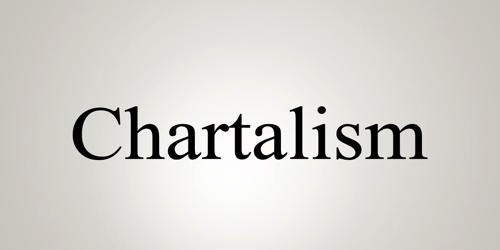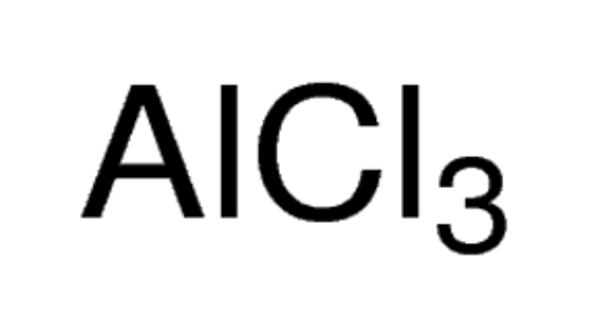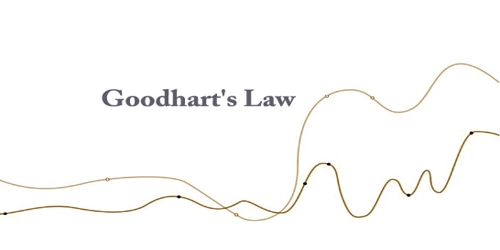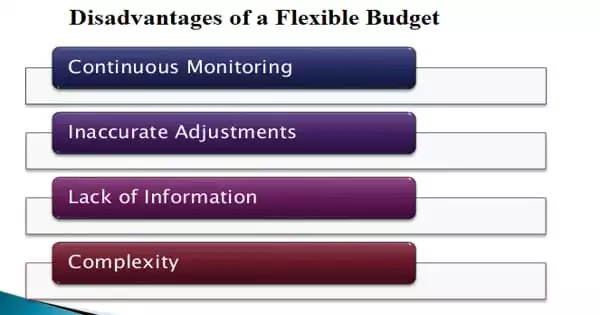Chartalism is a non-mainstream monetary theory that defines money as a creation of the government that derives its value from its status as legal tender. In macroeconomics, chartalism is a theory of money that argues that money originated with states’ attempts to direct economic activity rather than as a spontaneous solution to the problems with barter or as a means with which to tokenize debt and that fiat currency has value in exchange because of sovereign power to levy taxes on economic activity payable in the currency they issue. It is directly opposed to the economic theory of money, which argues that money originally derives its value from its usefulness as a medium of exchange.
Modern proponents
Chartalism is a non-mainstream theory that emphasizes the impact of government policies and activities on the origin and value of money. Economists Warren Mosler, L. Randall Wray, Stephanie Kelton, and Bill Mitchell are largely responsible for reviving chartalism as an explanation of money creation; Wray refers to this revived formulation as Neo-Chartalism. German economist Georg Friedrich Knapp coined the term, defining money as a creation of law and contrasted his definition with the metallic monetary standards of his time.
In economics, the prevailing theory of money is that it originates as a medium of exchange in markets based on physical properties that make certain commodities suitable for use as money. Mitchell, the founder of the Centre of Full Employment and Equity or CofFEE at the University of Newcastle in Australia, coined the term Modern Monetary Theory to describe modern Neo-Chartalism, and that term is now widely used. Scott Fullwiler has added a detailed technical analysis of the banking and monetary systems.
Society is thought to have settled on the precious metal as currency so that money would have intrinsic value. Money’s value then is explained in terms of its precious metal content or backing. Some contemporary proponents, such as Wray, situate chartalism within post-Keynesian economics, while chartalism has been proposed as an alternative or complementary theory to monetary circuit theory, both being forms of endogenous money, i.e., money created within the economy, as by government deficit spending or bank lending, rather than from outside, as by gold.
Hyman Minsky seemed to incorporate a Chartalist approach to money creation in his Stabilizing an Unstable Economy, while Basil Moore, in his book Horizontalists and Verticalists, delineates the differences between bank money and state money. In recent years, cryptocurrency has emerged as a potential challenge to Chartalism.
















